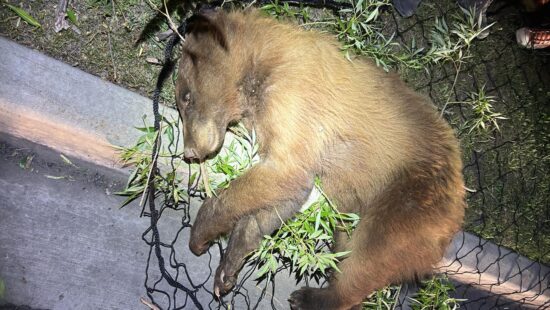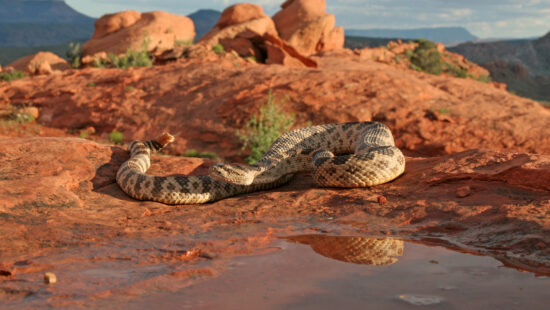Wildlife
Sharing your yard: North American porcupine
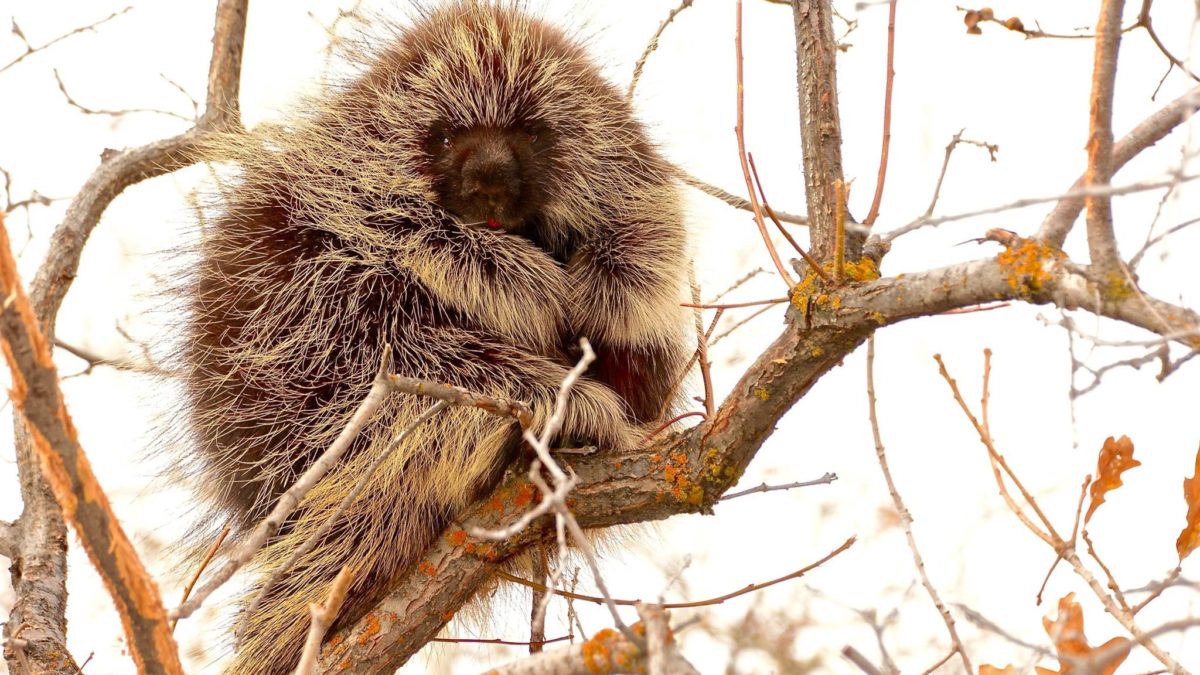
Porcupines are adept climbers and will spend many hours a day in trees. Photo: Courtesy of Michael Flaherty.
UTAH — The North American porcupine, Erethizon dorsatum (which translates to quill pig), is a large rodent common in Utah, albeit elusive as they are solitary critters. The only species of porcupine that lives in the contiguous states is the North American porcupine. Like most wild animals, the porcupine prefers space and privacy away from humans, dogs, and predators. It prefers coniferous forest and mixed forest areas— hello, Summit County— but they have been found in wetlands, deserts, and shrublands.
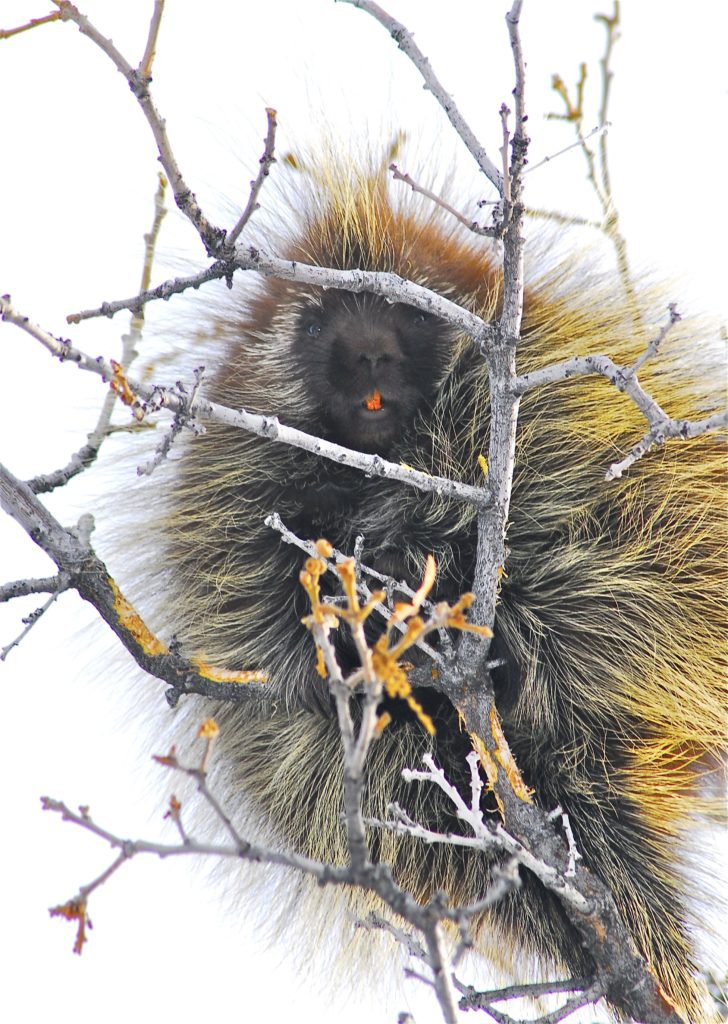
These prickly prey are vegetarians, or herbivores in the animal kingdom; they eat lots of bark, berries, fruits, and leaves. A fun fact about porcupines is that their teeth are orange, almost red in color, not from carrots, but from iron oxide in the enamel to aid in eating tough bark and branches.
The porcupine’s signature quills are a protective tool against predators like coyotes, bobcats, and mountain lions. A popular misconception is that porcupines can ‘shoot’ their quills like arrows. However, quills are loosely attached, and if a curious dog or predator comes too close, quills easily detach and stick to the offender. Quills have sharp tips that pierce predators easily, and tiny barbs make them difficult to extract. North American porcupines have up to 30,000 quills, and just like humans shed hair, porcupines shed and regrow quills.
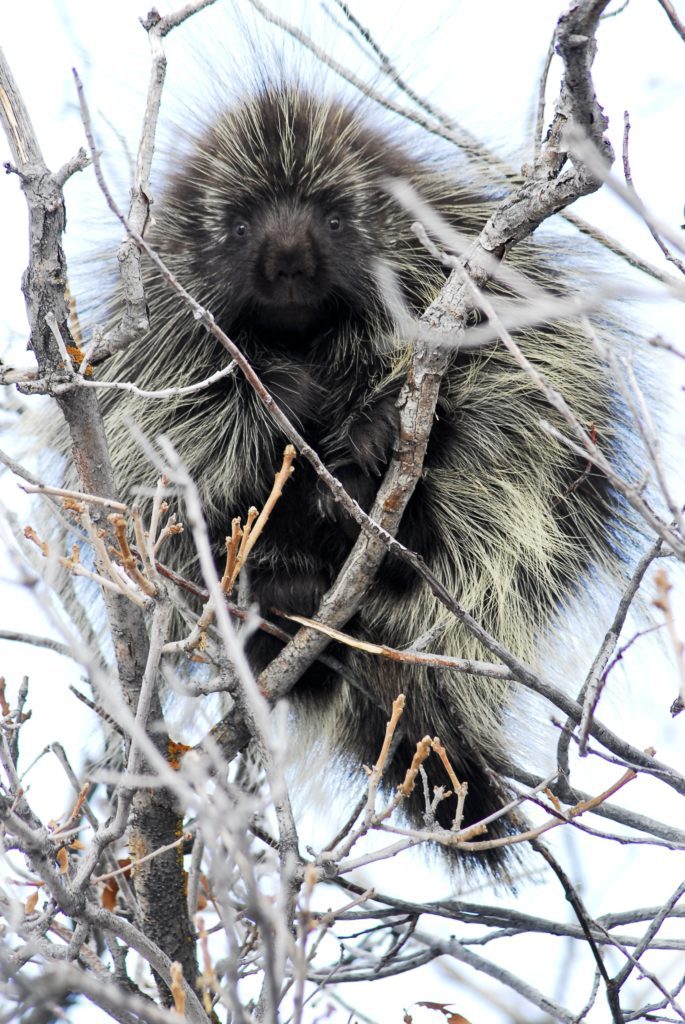
In wintertime, porcupines create dens in hollow trees and logs, small caves, and rock piles. They are adept climbers and can most often be found in trees.
According to Wild Aware Utah, adult porcupines average around 9–13 pounds. These primarily nocturnal rodents are active year-round, but are often visible in the daytime. Wild Aware Utah website also claims the animals are attracted to “wood handles of tools, wheelbarrows and gloves because of salty sweat absorbed in those items.”
If a pet gets quilled, owners should take pets to the veterinarian immediately to get the quills removed. Pets will need to be sedated to extract the quills. It is a myth that quills can be cut to relax or deflate the quills’ barbs, and in fact makes them more difficult to remove and can splinter the quills.















